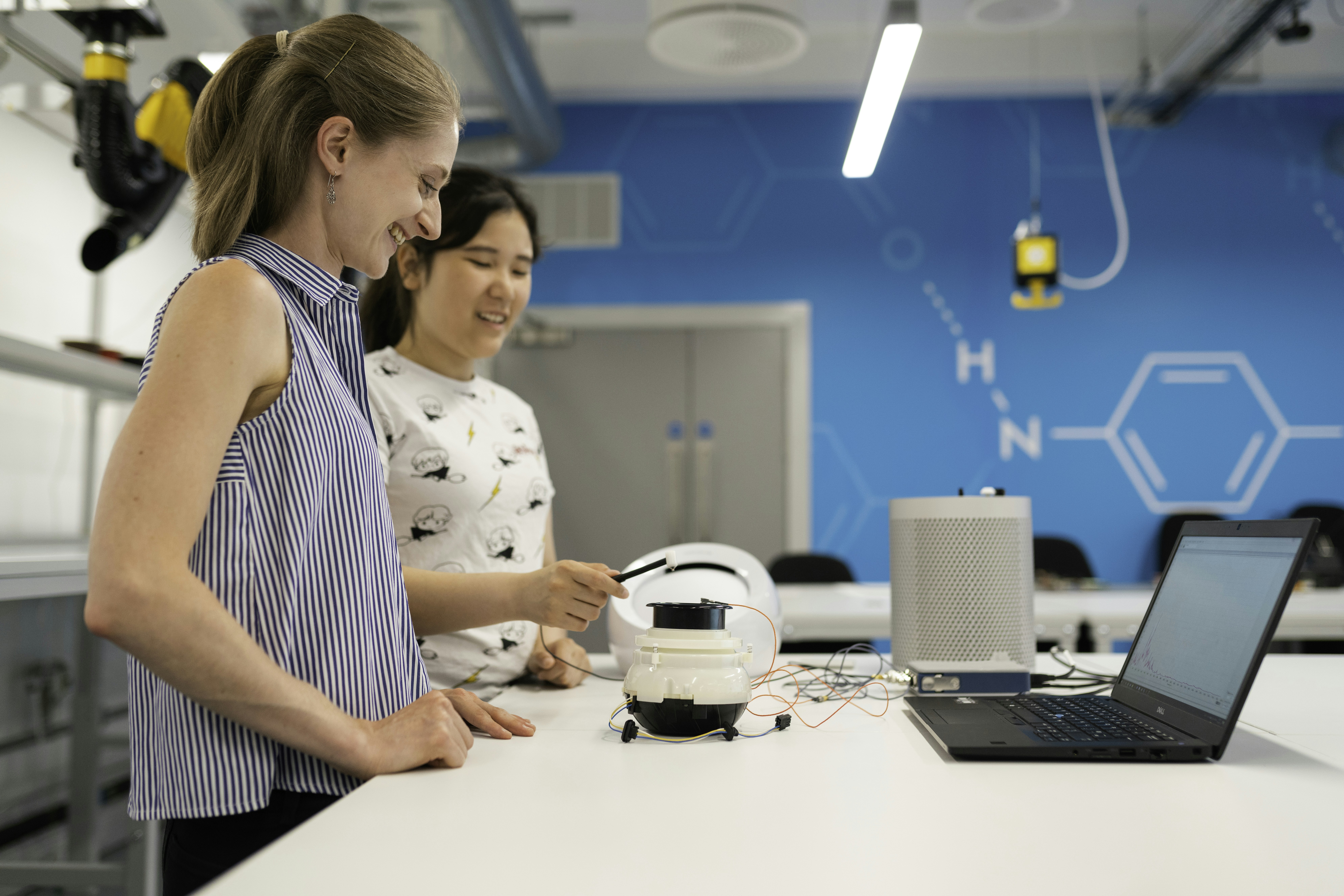The Invisible Hunt: How Scientists Target Campylobacter's Molecular Fingerprints
Introduction: The Stealthy Pathogen
Campylobacter jejuni is a master of stealth. As the leading cause of bacterial food poisoning globally, this spiral-shaped bacterium lurks in undercooked poultry and contaminated water, triggering severe gastroenteritis in millions annually. What makes it particularly challenging is its ability to evade traditional detection methods. Immunoenzyme analysis—a technique harnessing antibodies to detect bacterial antigens—has emerged as a critical weapon in this microscopic war. By targeting Campylobacter's unique molecular signatures, scientists are developing faster, more precise diagnostic tools crucial for outbreak prevention and vaccine development 5 6 .
The Antigen Advantage: Why Specificity Matters
Antigens are microbial "name tags"—proteins or carbohydrates on a pathogen's surface that trigger immune responses. For Campylobacter, these antigens are remarkably diverse and strain-specific. Detecting them requires antibodies that bind exclusively to Campylobacter targets, ignoring similar bacteria. This specificity is the holy grail of immunoenzyme assays like ELISA (enzyme-linked immunosorbent assay):
PEB Antigens
Acid-extracted proteins (PEB1–4) are virulence factors. PEB1 and PEB3 trigger strong antibody responses in infected patients, making them vaccine candidates 9 .
Heat-Stable Capsular Polysaccharides
These sugar coatings vary drastically between strains, complicating serotyping. Their detection often requires multiplexed assays 7 .
Fun Fact: Campylobacter's MOMP shares structural similarities with cholera toxin, explaining occasional antibody cross-reactivity between these pathogens 4 .
Featured Breakthrough: The SPR "Bait-and-Switch" Assay
A 2019 Scientific Reports study revolutionized Campylobacter detection by marrying antibody specificity with nanotechnology. Here's how it worked 8 :
Methodology: A Molecular Fishing Expedition
- Bait Preparation: Rabbit polyclonal antibodies against C. jejuni were mixed with sample extracts (e.g., chicken rinsate).
- Incubation: Campylobacter cells (if present) bound to the antibodies, forming complexes.
- Centrifugation: Unbound antibodies were separated via sequential centrifugation—the key to minimizing noise.
- Detection: The free antibodies were injected over a gold sensor chip coated with goat anti-rabbit IgG. Binding triggered a surface plasmon resonance (SPR) signal, inversely proportional to Campylobacter concentration.

Results & Impact: Unprecedented Sensitivity
The assay detected 131 CFU/mL—surpassing commercial ELISAs and nearing PCR-level sensitivity. Its "subtractive inhibition" design avoided SPR's typical limitations with large bacteria:
| Method | Detection Limit | Time | Cross-Reactivity |
|---|---|---|---|
| SPR Subtractive Assay | 131 CFU/mL | <2 hours | <8% (vs. Salmonella) |
| Culture (ISO 10272) | 500–1,000 CFU/g | 3–5 days | None |
| Standard ELISA | 10⁴–10⁵ CFU/mL | 4–6 hours | 10–15% |
| Immunochromatography (ICA) | 10³–10⁴ CFU/mL | 15–20 minutes | Moderate |
Why It Matters: This method enabled detection below Campylobacter's infectious dose (500 CFU) in contaminated chicken samples where commercial ELISAs failed—a game-changer for food safety monitoring 8 .
Decoding Campylobacter's Antigenic Toolkit
Successful immunoenzyme assays rely on precision-targeted reagents. Key components include:
| Reagent | Role | Example/Function |
|---|---|---|
| Capture Antibodies | Bind specific antigens | Anti-MOMP IgG (~45 kDa target) |
| Enzyme Conjugates | Amplify detection signal | Horseradish peroxidase (HRP) + chromogen |
| Selective Media | Isolate Campylobacter from complex samples | Charcoal-cefoperazone-deoxycholate agar (CCDA) |
| Antigen Extracts | Provide standardized targets | Detergent-solubilized MOMP 4 |
| Blocking Buffers | Prevent non-specific binding | Bovine serum albumin (BSA) or skim milk |
The Evolution of Detection: From Cultures to Kits
Early Campylobacter diagnosis relied on culture-based methods—slow, laborious, and prone to false negatives due to the bacterium's fragility. Immunoassays transformed this landscape:
Crude acid-extracted antigens led to variable sensitivity (69%) and specificity (87%) 3 .
Newer kits like RidaQuick (ICA) and RidaScreen (EIA) boast >96% agreement with culture methods, with results in 15–105 minutes 2 .
Emerging tools simultaneously detect MOMP, PEB3, and capsular antigens, improving strain discrimination .
| Assay Type | Sensitivity | Specificity | Notable Strengths |
|---|---|---|---|
| Immunochromatography (ICA) | 96.0% | 97.2% | Speed (15 min); detects C. lari |
| Enzyme Immunoassay (EIA) | 96.8% | 98.0% | Suits high-throughput labs |
| Culture (Gold Standard) | 100% | 100% | Allows strain typing & antibiotic tests |
Conclusion: The Future of Antigen Hunting
Immunoenzyme analysis has shifted Campylobacter diagnostics from reactive to proactive. As antigen purification improves (e.g., recombinant PEB1 production) and assays integrate with nanomaterials, we edge closer to point-of-care devices capable of detecting Campylobacter in minutes. Future challenges include standardizing antigens across strains and developing vaccines targeting MOMP or PEB proteins—a goal within reach thanks to our deepening understanding of Campylobacter's molecular camouflage 4 9 .
The Takeaway: Like recognizing a face in a crowd, immunoenzyme assays excel when they pinpoint unique antigens. For Campylobacter, this specificity isn't just technical—it's a lifeline for preventing disease.
